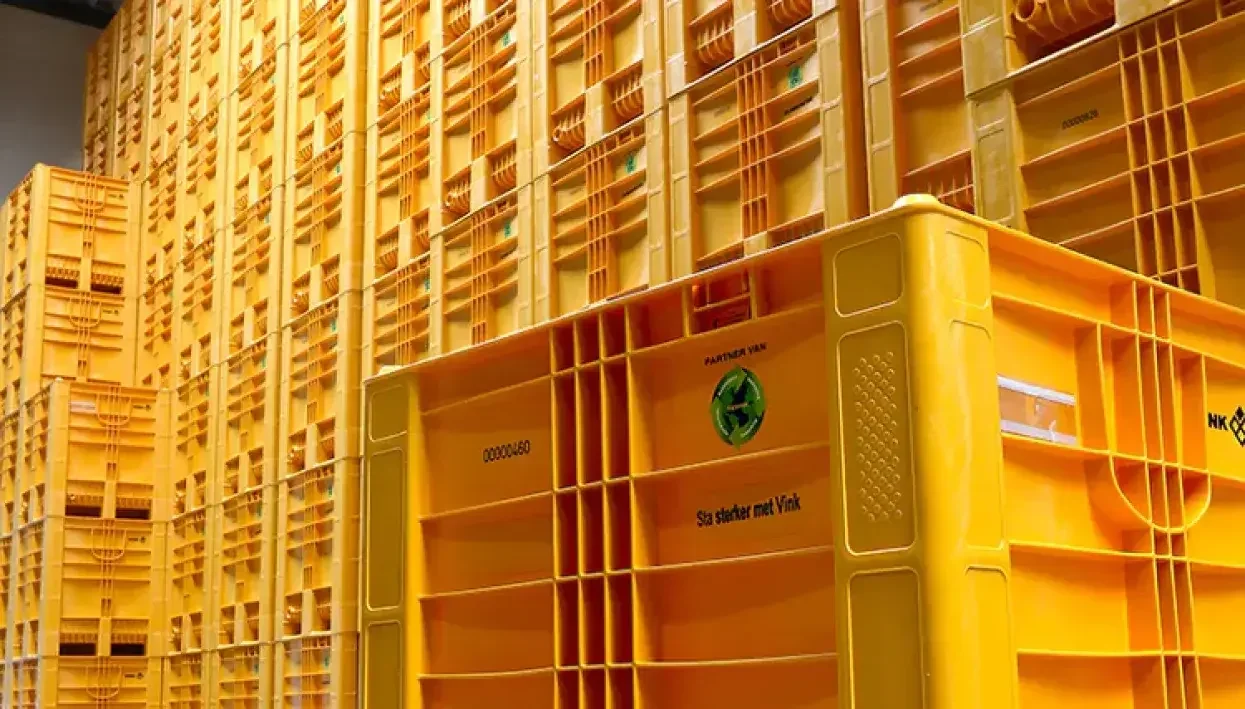Signage
Sustainability
Closing the loop: recycling in plastics and signage
Author
FESPA Staff
Published Date
20/01/2023
Become a FESPA Member
to Continue Reading
